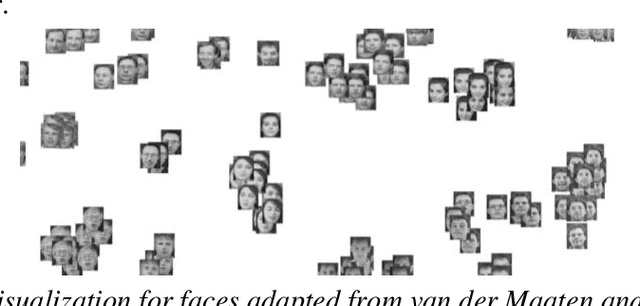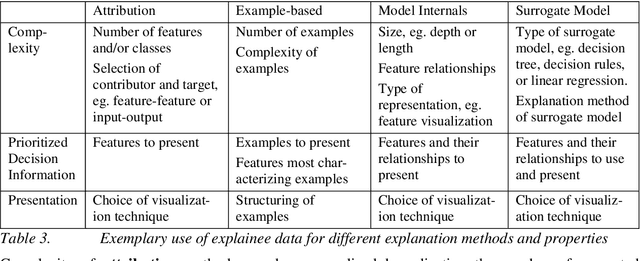Joshua Handali
Deceptive AI Explanations: Creation and Detection
Jan 21, 2020



Abstract:Artificial intelligence comes with great opportunities and but also great risks. We investigate to what extent deep learning can be used to create and detect deceptive explanations that either aim to lure a human into believing a decision that is not truthful to the model or provide reasoning that is non-faithful to the decision. Our theoretical insights show some limits of deception and detection in the absence of domain knowledge. For empirical evaluation, we focus on text classification. To create deceptive explanations, we alter explanations originating from GradCAM, a state-of-art technique for creating explanations in neural networks. We evaluate the effectiveness of deceptive explanations on 200 participants. Our findings indicate that deceptive explanations can indeed fool humans. Our classifier can detect even seemingly minor attempts of deception with accuracy that exceeds 80\% given sufficient domain knowledge encoded in the form of training data.
Personalized explanation in machine learning
Jan 03, 2019



Abstract:Explanation in machine learning and related fields such as artificial intelligence aims at making machine learning models and their decisions understandable to humans. Existing work suggests that personalizing explanations might help to improve understandability. In this work, we derive a conceptualization of personalized explanation by defining and structuring the problem based on prior work on machine learning explanation, personalization (in machine learning) and concepts and techniques from other domains such as privacy and knowledge elicitation. We perform a categorization of explainee information used in the process of personalization as well as describing means to collect this information. We also identify three key explanation properties that are amendable to personalization: complexity, decision information and presentation. We also enhance existing work on explanation by introducing additional desiderata and measures to quantify the quality of personalized explanations.
 Add to Chrome
Add to Chrome Add to Firefox
Add to Firefox Add to Edge
Add to Edge